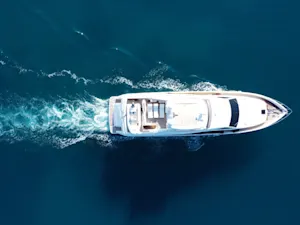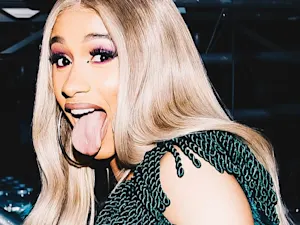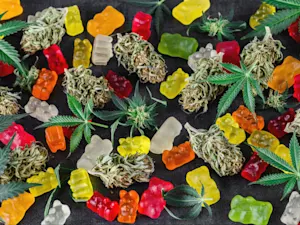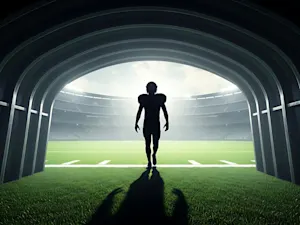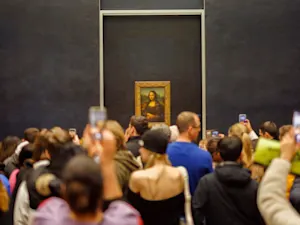
The Man Who Invented Sparkling Water — and Didn't Profit
If you're interested in culinary trends, you might have noticed that sparkling water and seltzers have been experiencing a bit of a resurgence. Millennials and Gen Z have both been avoiding alcohol in greater numbers than previous generations, plus there are health considerations to enjoying a fun, bubbly beverage without as much sugar as soda. This isn't a new trend. In fact, it's part of a long trend dating back to the 18th century... or even further!
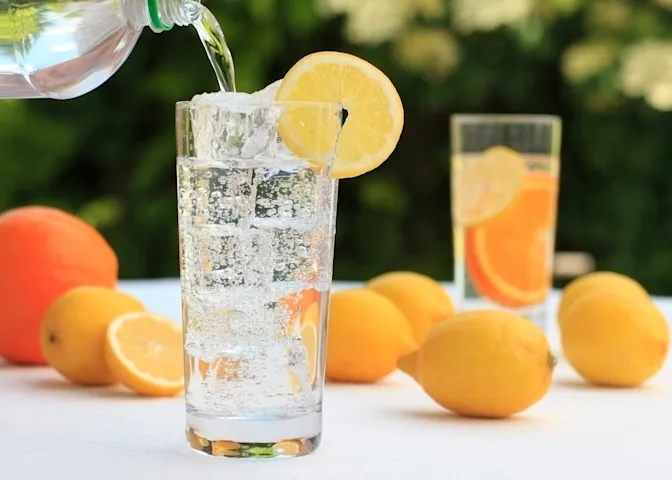
The Long, Long History of Sparkling Water
All the way back in Ancient Greece, people noticed the restorative properties of natural springs and visited them for relaxation and health reasons. In mid-to-late 18th century Germany, spas opened around gaseous springs and even bottled the local mineral waters to sell to patrons.
The spa owners lacked the ability to keep the mineral waters under pressure, meaning these beverages lost their carbonation pretty quickly. Until such technologies could be invented, carbonated beverages remained a local fare.
In 1767, Joseph Priestly — an English Unitarian Minister and amateur scientist — discovered a method to introduce carbonation to water, creating the first man-made sparkling water. Priestly published his findings in a paper to little fanfare at the time; he wasn't interested in commercializing his invention and was more focused on his day job.
 Painting of Joseph Priestley by Rembrandt Peale, circa 1801. Public domain.
Painting of Joseph Priestley by Rembrandt Peale, circa 1801. Public domain.
In 1783, a Swiss amateur scientist named Johann Jacob Schweppe took Priestly's discovery and ran with it, making carbonated beverages commercially viable. He is credited with the first soft drink, Schweppes® Tonic Water, which added quinine to carbonated water. You may be familiar with some soft drinks that continue to bear his name to this day.
 Portrait of Johann Jacob Schweppe during his stay in London from 1792-1799. Public domain.
Portrait of Johann Jacob Schweppe during his stay in London from 1792-1799. Public domain.
Of course, there was still the problem of shipping the beverage without a container that could keep the carbonation. The solution to this was decisively simple: keep it local.
Drugstores, Soda Fountains, and Cans
Unsurprisingly, both commoners and aristocracy alike quickly fell in love with bubbly beverages and researchers began experimenting with flavoring the naturally sour, acidic carbonated water to make it even more palatable; lemon was among the first flavors experimented with in this way.
The invention of machines that could infuse water with carbonation opened up new avenues for sharing this new beverage with the populace, and soda fountains started appearing in drugstores and dedicated soda shops, ready to whip up soda fresh for all patrons. "Soda jerks," as the operators of the soda fountains were called, would make sodas by infusing water with carbonation and adding syrups and flavors on demand.

The seltzer bottle, which was invented in France in 1829, could maintain carbonation in sparkling water but the technology wasn't fully viable until the mid-20th century, when modern-day canning and transport made shipping soda a breeze.
Sparkling water has been a part of human culture since time immemorial, and we've been trying to make it easier to get for nearly as long! No wonder it is so popular!
References: The history of sparkling water | A Brief History of Seltzer | The Origins of Soda Water | The History of Sparkling Water






